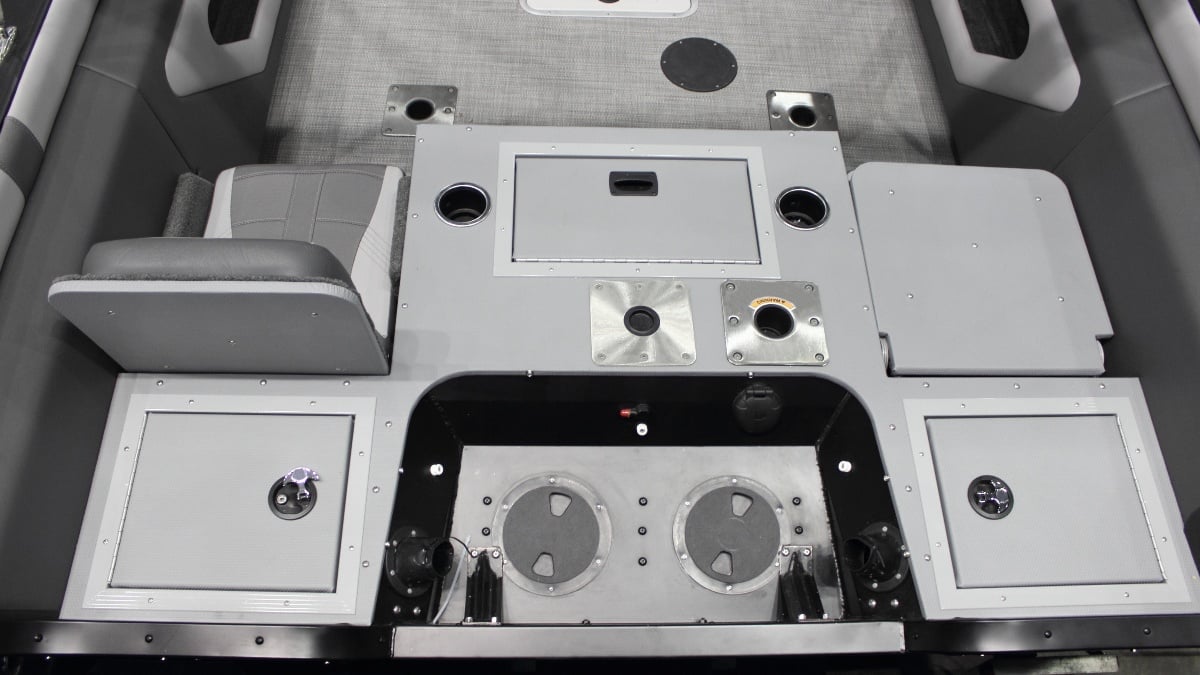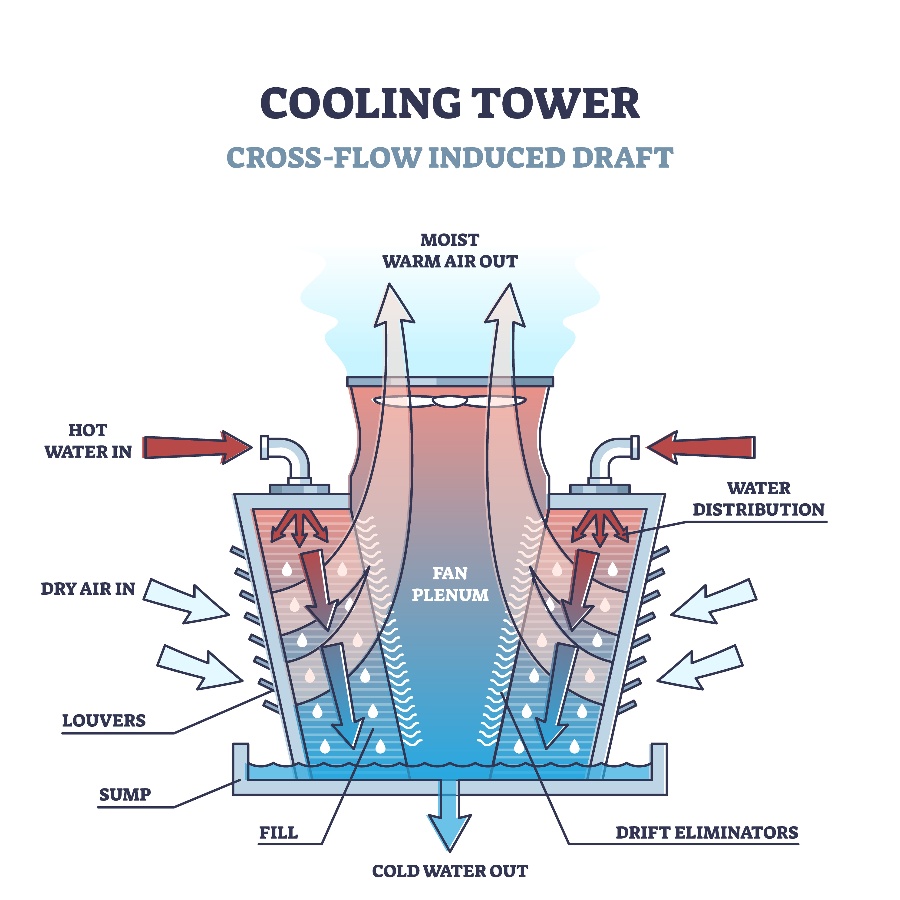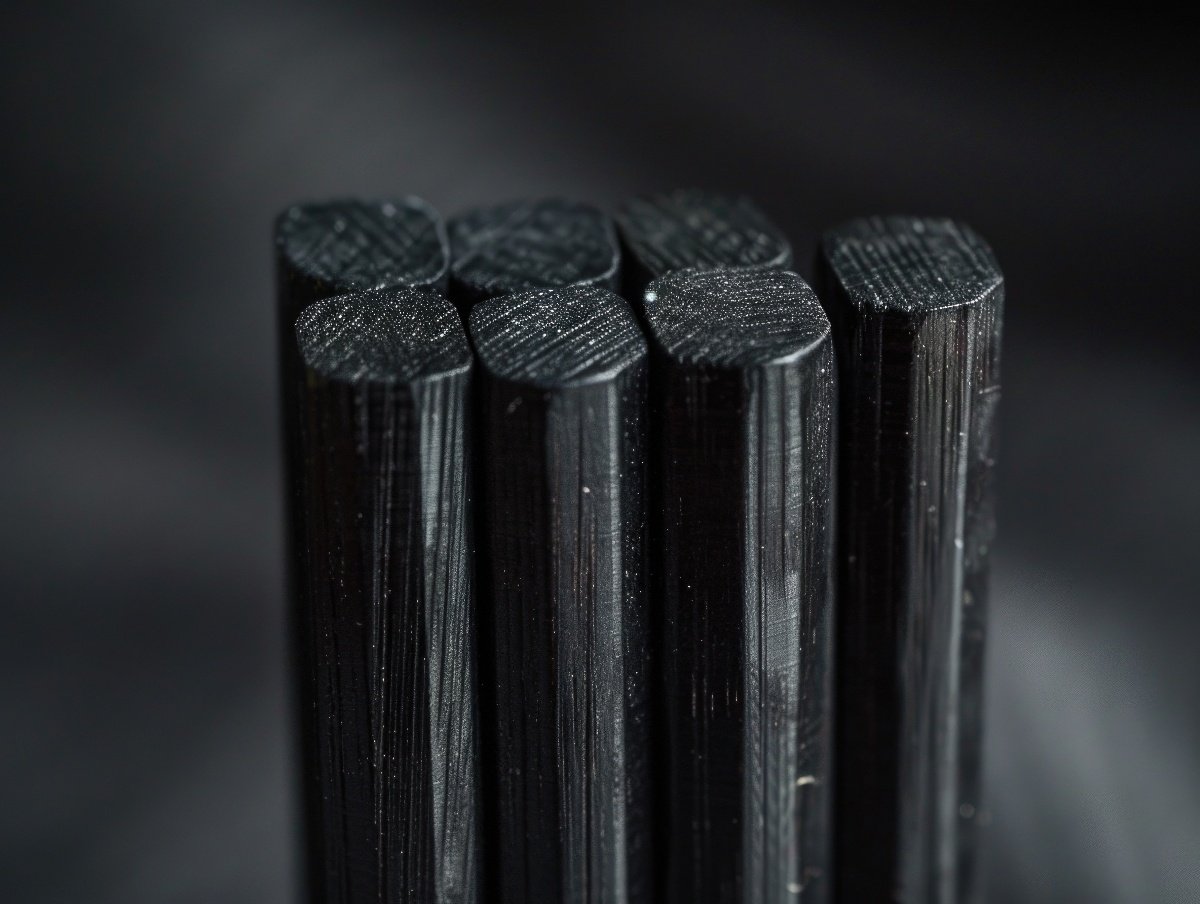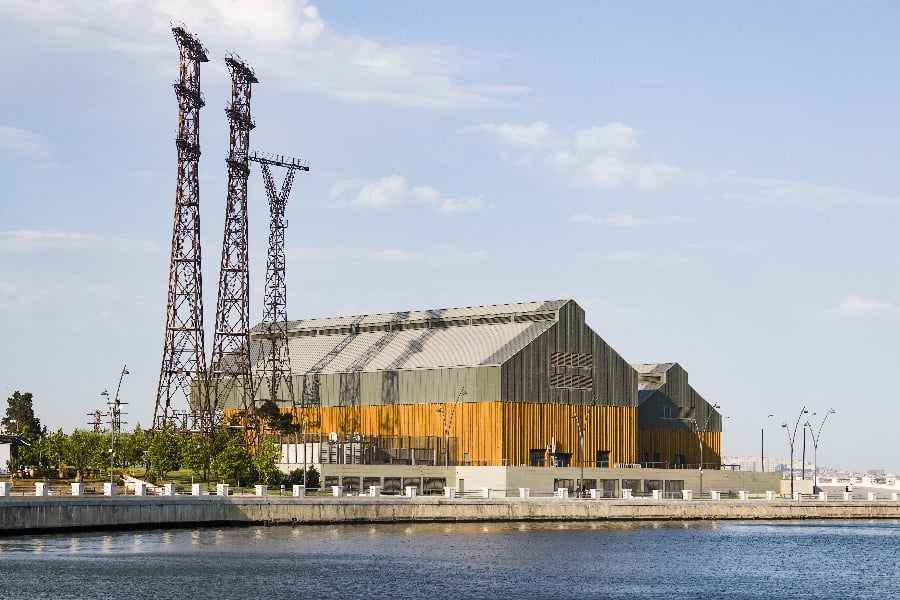
While fiber reinforced polymers (FRPs) make great building materials on their own, their use as reinforcements in combination with more traditional construction materials like wood and concrete is gaining a great deal of attention.
One factor driving the use of FRP is its ability to add strength and durability to environmentally friendly materials that might otherwise be unsuitable. Combining FRPs with traditional construction materials and even construction waste allows access to new hybrid products that offer superior physical performance and decreased environmental impact.
About a quarter of all globally produced FRPs are used in construction, and for good reason. They exhibit excellent tensile strength, are resistant to heat- and humidity-induced deformation, offer robust chemical and weathering resistance, and require less heavy equipment than materials like steel or wood during transportation and storage.
Compared to traditional materials like timber and concrete, FRP building materials are relatively new. FRP has been in use in marine, automotive, and aerospace applications since the 1930s, and has been employed in civil engineering for over 50 years. Although FRP itself is a fairly mature and time-tested technology, new research and development are constantly widening the range of products and applications in which it can be used. The desire for more environmentally friendly construction and building materials is one factor driving FRP innovation.
FRP and Recycled Concrete
The demolition of old buildings and infrastructure is inevitable as our cities continue to grow, expand, renovate, and modernize. This process can have a substantial impact on the environment in terms of the amount of waste generated. Finding ways to reuse and recycle construction and demolition waste is one of the most effective strategies for improving the environmental impact of demolition and construction.
Recycled concrete aggregate (RCA) can be produced from waste generated during demolition and construction and can be used as an aggregate material in new concrete. Until recently, the use of RCA in structural applications has been limited due to problems with shrinkage, water absorption, reduced strength, modulus of elasticity, and durability.
The mechanical performance of RCA-based concrete structural members can be as good or better than natural concrete when combined with FRP to form hybrid materials. The use of FRP in civil engineering applications is well established, especially in applications where preexisting buildings are retrofitted to enhance structural stability. By confining RCA-based concrete within FRP tubes, demolition waste can be converted to RCA as a means for reducing the environmental impact of waste disposal.
Recent developments have led to better seismic performance of FRP-confined RCA composites. Improved energy dissipation capacity, deformation capacity, suppression of buckling, and improved ductility can now be achieved by controlling parameters such as the thickness of the glass-fiber-reinforced polymer outer layer, the winding angle and direction of the glass fibers, and axial load ratio.
Combining RCA with FRP based on glass or carbon fiber allows concrete construction and demolition waste that would otherwise be discarded to be reused in new building and infrastructure projects. This keeps the waste concrete out of the landfill and avoids the environmental impact of mining natural aggregate material for use in concrete production.
FRP and Seawater/Sand Concrete
Conventional concrete formulations rely on fresh water and river sand. This can lead to contamination and exhaustion of fresh water supplies, and environmental damage resulting from river sand extraction. Seawater-and-sand concrete (SSC) does not require fresh water, and extracted ocean sand can be quickly replenished by tidal action. SSC is, therefore, more environmentally friendly than traditional concrete formulations. It is especially well suited for marine applications like reef engineering and dock construction where sand and seawater are abundant. However, the corrosive effect of chloride ions present in SSC has prevented its widespread use in many construction applications.
By employing FRP, the corrosive effect of residual salt in SSC can be mitigated. Hybrid building materials based on FRP and SSC begin with a strategy similar to that of RCA. This approach employs a carbon steel tube wrapped with an outer layer of FRP. To avoid corrosion of the steel tube, an inner layer of FRP wrap is also employed. The outer FRP layer prevents corrosion and weathering of the steel tube’s outer surface, while the inner FRP liner prevents corrosion arising from the salt present in SSC.
An effective FRP confinement strategy can lead to improved strength and ductility comparable to traditional concrete formulations. FRP thus opens the door to new hybrid construction materials based on SSC that were previously out of reach. This minimizes the impact on the freshwater supply, decreases the environmental impact of river sand extraction, and allows for on-site production of hybrid construction materials in marine areas where no fresh water source is readily available.
FRP and Wood
FRPs can also be used to enhance the physical properties of wood/timber building materials. Methods for reinforcing timber products include surface mounting of FRP strips, slotting FRP strips into grooves or recesses, near-surface mounting of pultruded FRP rods or bars, and wrapping with FRP. Engineered wood products such as glued laminated timber (or glulam) that incorporate FRP offer improved dimensional stability and greater design flexibility allowing for the construction of anything from straight beams to curved arches.
Natural defects such as knots and cracks can have a significant negative impact on the mechanical properties of timber structural elements. These structures can be further deteriorated by aging and weathering over extended periods of time. FRP can be used to control existing cracks and delay their propagation. FRP also allows aging timber structures to be repaired or rehabilitated to extend their useful lifetime. This is critical to the restoration of historical timber buildings as well as to create new, structurally sound modern buildings.
Recent studies show that FRP-reinforced wooden beams exhibit slower failure resulting from brittle fracture during bending. The bending resistance and maximum deflection can be enhanced by selecting FRP materials with a higher modulus of elasticity.
Bond quality between timber and FRP is the main concern when using reinforced or retrofitted wood materials. This challenge can be overcome by selecting appropriate materials and reinforcing techniques. Increasing the bond width and length ensures adequate bonding and leads to higher stiffness and ultimate bending strength.
Delamination and slip failure can be avoided by using a one-component polyurethane to bond FRP reinforcing members to wood. Epoxy-based FRP systems that utilize slow curing resins with low viscosity develop higher bond strength resulting from deeper penetration into wood substrates. When the right resin is selected, the controlling limitation becomes the strength of the timber substrate rather than the strength of the bond between FRP and substrate.
Get In Touch
As you can see, FRP products can be used to reuse and repurpose construction and demolition waste materials, reduce the environmental impact of concrete building materials, repair and rehabilitate aging wood structures, and add strength and durability to new wood construction. Are you considering fiber-reinforced plastics for your next construction or rehabilitation project? If so, contact our team today to find out more about how Tencom’s range of FRP products can help.














